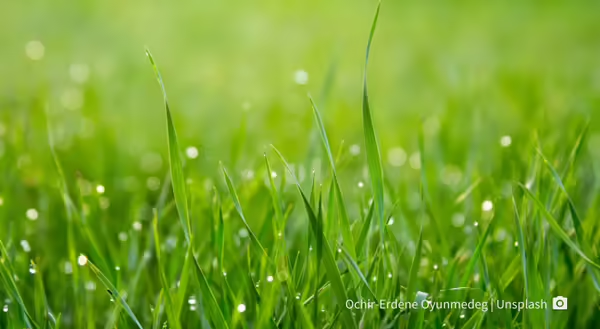
Have you ever noticed grass looking greener after a spring rain?
Hold that thought.
As you look into how nature works, you see a lot of plant nutrient cycling taking place. Makes sense since the earth isn’t getting any deliveries from Mars. Nitrogen is an essential component of proteins, which all living creatures contain.
What does lightning have to do with it?
Lightning plays a part in the cycling of this very vital, life-nutrient. Nitrogen gas (N2) makes up 78% of atmospheric gases. Most chemical forms of nitrogen are not readily available to plants, including the N2 form. Lightning can break nitrogen gas apart.
After several chemical processes, the nitrogen forms nitrate, a form of nitrogen readily available for plants to use. The nitrate is dissolved in the rain, falls to the ground, and then moves into the soil.
How much nitrate is added per year, of course, is dependent on lightning density. Some research estimates about 1 to 50 pounds of nitrogen per acre can be added to the earth’s surface each year.
Does lightning make your grass greener after rain?
Answer: there are probably several reasons why the grass looks greener.
Yes, the nitrates added to the soil helps, but so does the rain itself, especially if it was previously dry.
Another potential cause, especially in early spring, is that as dry soils moisten, it gains several degrees in temperature from the moistening process. The slight warming helps fire up soil microbes and nutrient cycling, allowing more nutrients to be taken up by the grass.
Amazing how nature works.
___________________________________________________________________________________________
Never miss a new post! Sign up for our email list.
MEET THE AUTHOR
Duane Friend is an energy and environmental stewardship educator with University of Illinois Extension, serving the organization in many roles since 1993. Duane provides information and educational programs to adult and youth audiences in the areas of soil quality, weather and climate, energy conservation, and disaster preparedness. These programs provide practical solutions for families, farms, and communities. He assists families in creating a household emergency plan, farmers with the implementation of soil management and conservation practices, and local government officials and business owners with energy conservation techniques.
ABOUT THE BLOG
All About Weather is a blog that explores the environment, climate, and weather topics for Illinois. Get in-depth information about things your weather app doesn't cover from summer droughts to shifting weather patterns.